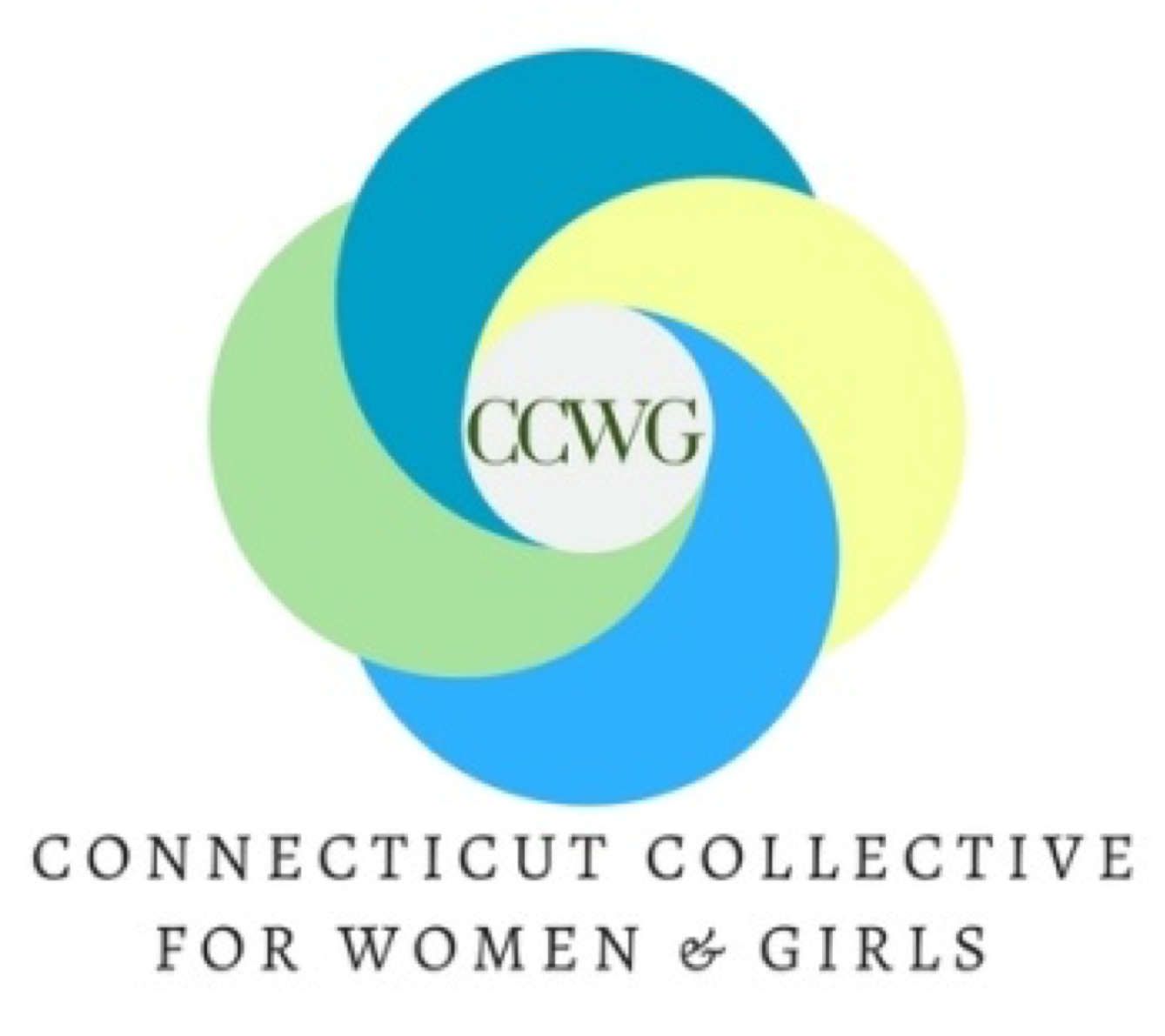CT Ranks 4th Among Nation's Most Educated States, Analysis Shows
/Connecticut ranks third in the nation in the percentage of residents with graduate or professional degrees, and fourth in the nation in the percentage of residents with a bachelors degree. Those statistics helped lead Connecticut to an overall ranking of fourth in the U.S. in an analysis of the nation’s “most educated states.” In this study, the financial website WalletHub examined the key factors of a well-educated population: educational attainment, school quality and achievement gaps between genders and races. They compared all 50 states across 20 total metrics grouped into two categories.
"Connecticut is the fourth most educated state as it has a high quality school system, the fourth largest share of adults aged 25+ with at least a bachelor's degree, 38.5%, and the third largest share of adults with at least a graduate or professional degree, 17%,” said WalletHub analyst Jill Gonzalez.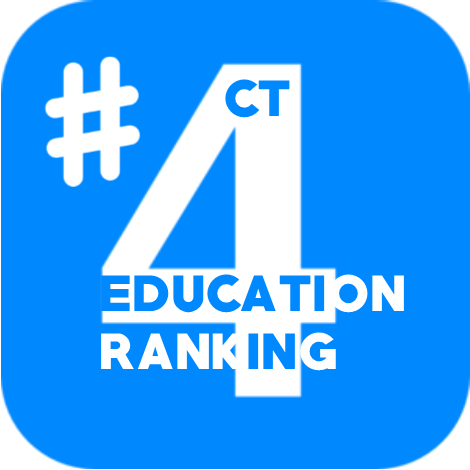
“The projected college graduation rate for 2020 in Connecticut is 64.5%, the fifth highest in the country, and 31% of 2017's high school class received high scores on advanced placement exams, the third largest share nationwide," Gonzalez added.
The data reviewed includes the share of adults aged 25 and older with at least a high school diploma, average university quality, and gender gap in educational attainment. Metrics also included graduation rates, math and reading test scores, advanced placement exams and public school system quality.
Leading the way was Massachusetts, followed by Maryland and Vermont. Rounding out the top 10 after Connecticut was Colorado, Virginia, New Hampshire, Minnesota, Utah and Washington State. At the bottom of the rankings: Alabama, Arkansas, Louisiana, West Virginia and Mississippi.
Last year, a similar ranking of the nation’s largest metropolitan areas saw Bridgeport-Norwalk-Stamford rank tenth in the U.S. and the Hartford area rank 26th. Greater New Haven ranked 44th in that analysis.
In the state education analysis, Connecticut ranked 11th in average university quality and 17th in the percentage of Associate's Degree Holders or College-Experienced Adults.
It is the third consecutive year that Connecticut has ranked in the top five, although the criteria has differed slightly each year.
https://www.youtube.com/watch?v=8kAqi_Xs3xE&feature=youtu.be


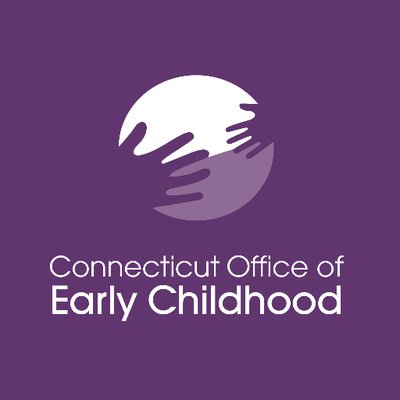
 Bye will begin serving as the Commissioner-designate later this month. Her nomination will be sent to the General Assembly for confirmation. Earlier in her career, Bye was director of the University of Saint Joseph School for Young Children and Trinity College Community Child Center preschools, and was early childhood director at the Capitol Region Education Council (CREC), where she supervised the birth to three program for CREC, and also helped to open two early childhood magnet schools. She was later elected to the Board of Education in West Hartford, then to the State House and State Senate. Reelected last fall, she did not take the oath of office last week in order to accept Lamont’s
Bye will begin serving as the Commissioner-designate later this month. Her nomination will be sent to the General Assembly for confirmation. Earlier in her career, Bye was director of the University of Saint Joseph School for Young Children and Trinity College Community Child Center preschools, and was early childhood director at the Capitol Region Education Council (CREC), where she supervised the birth to three program for CREC, and also helped to open two early childhood magnet schools. She was later elected to the Board of Education in West Hartford, then to the State House and State Senate. Reelected last fall, she did not take the oath of office last week in order to accept Lamont’s  Unlike a previous iteration of this federal grant program – which focused on expanding preschool for four year-olds – the new grant focuses on child success from to zero to five, with an emphasis on infants and toddlers. Further, officials said, it calls on states to look beyond the classroom to broader measures of child and family success, including mental and physical health, family stability, and parental employment. Because such considerations involve multiple agencies, it calls on states to advance a cross-system data and performance infrastructure, asking them to cost-effectively implement new solutions with an emphasis on measurable outcomes.
Unlike a previous iteration of this federal grant program – which focused on expanding preschool for four year-olds – the new grant focuses on child success from to zero to five, with an emphasis on infants and toddlers. Further, officials said, it calls on states to look beyond the classroom to broader measures of child and family success, including mental and physical health, family stability, and parental employment. Because such considerations involve multiple agencies, it calls on states to advance a cross-system data and performance infrastructure, asking them to cost-effectively implement new solutions with an emphasis on measurable outcomes. DEI is a national, transparent, annual benchmarking tool that offers businesses an opportunity to receive an objective score, on a scale of zero (0) to 100, on their disability inclusion policies and practices. The
DEI is a national, transparent, annual benchmarking tool that offers businesses an opportunity to receive an objective score, on a scale of zero (0) to 100, on their disability inclusion policies and practices. The 

 NACE is the leading source of information nationwide on the employment of the college educated, and forecasts hiring and trends in the job market; tracks starting salaries, recruiting and hiring practices, and student attitudes and outcomes; and identifies best practices and benchmarks.
NACE is the leading source of information nationwide on the employment of the college educated, and forecasts hiring and trends in the job market; tracks starting salaries, recruiting and hiring practices, and student attitudes and outcomes; and identifies best practices and benchmarks.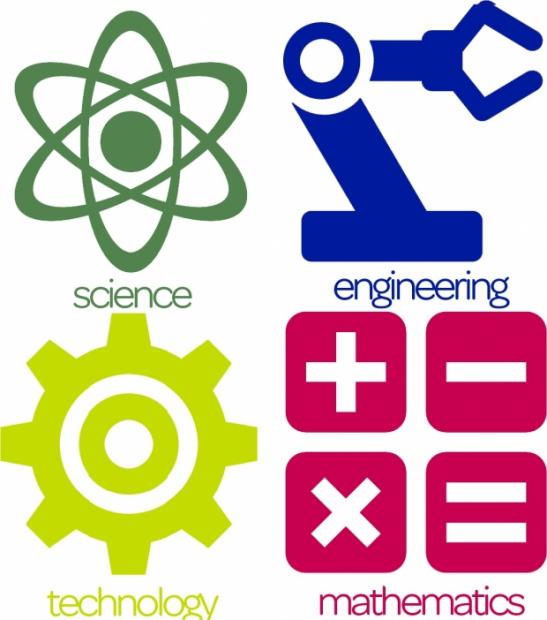
 In addition, “the unemployment rate in [metro] Hartford for adults with at least a bachelor's degree is the lowest in all the metropolitan areas analyzed, whereas last year, it was in the middle of the pack.”
In addition, “the unemployment rate in [metro] Hartford for adults with at least a bachelor's degree is the lowest in all the metropolitan areas analyzed, whereas last year, it was in the middle of the pack.”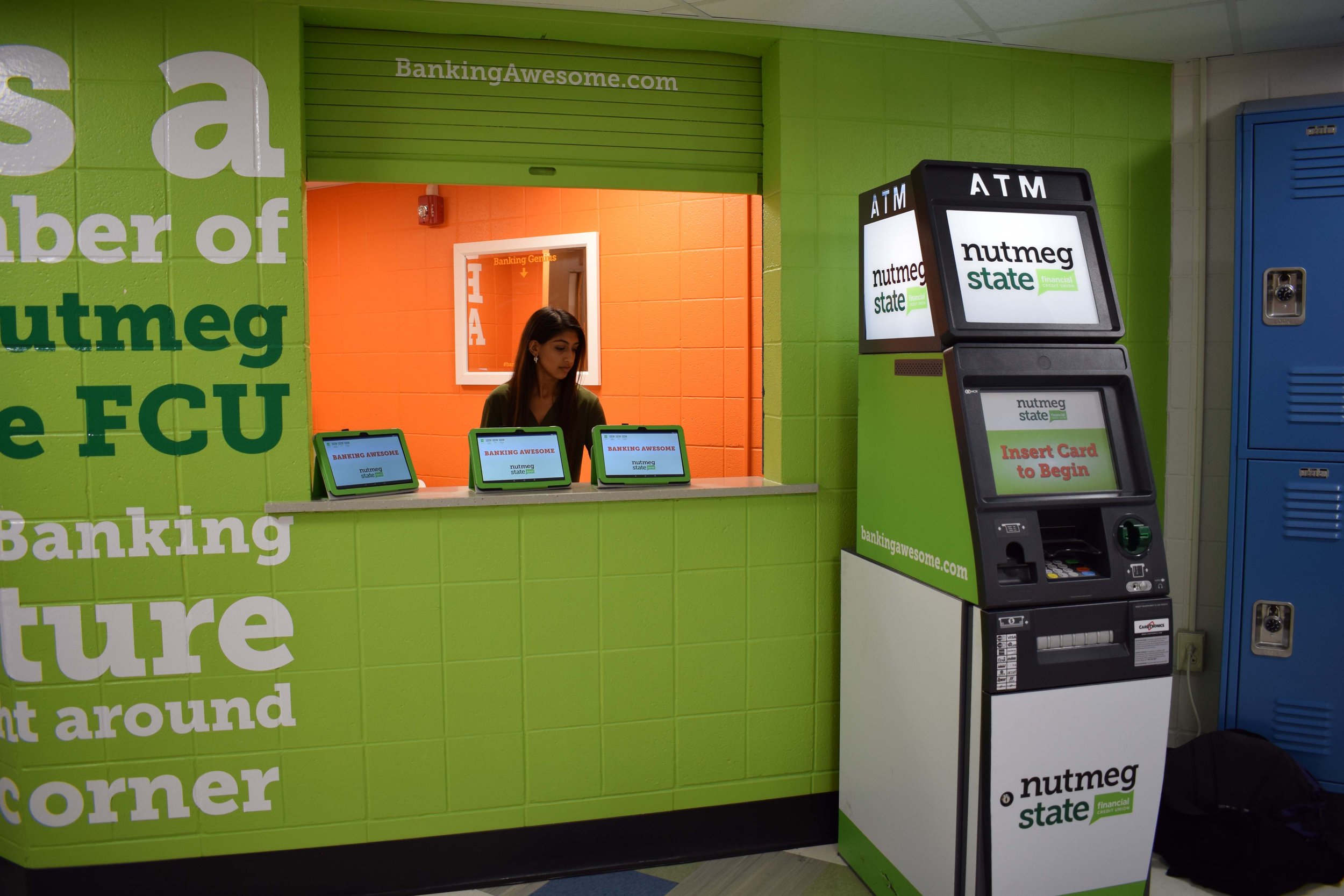
 Because the technology is intuitive for most students, their transaction time can be used to talk about subjects they may be less familiar with – such as balancing a checkbook, how debit cards and account balances relate to each other, loans and interest rates, and what a credit score is all about. Not the typical teen conversation, but Holt indicates that students have been quite interested in learning more.
Because the technology is intuitive for most students, their transaction time can be used to talk about subjects they may be less familiar with – such as balancing a checkbook, how debit cards and account balances relate to each other, loans and interest rates, and what a credit score is all about. Not the typical teen conversation, but Holt indicates that students have been quite interested in learning more.

 The new center at Sacred Heart University will further Verizon’s commitment to cultivate strong relationships with academic institutions with emerging technology curricula, officials stressed. The coworking spaces allow Verizon to tap into local startup and innovation networks, build relationships with potential partners and open new doors for ideas and technology. With Verizon, Alley is bridging the gap between startup and corporation by helping the community workspace build next-level ecosystems for entrepreneurs. Verizon provides entrepreneurs and start-up companies working on new products with the technology and services they need for growth.
The new center at Sacred Heart University will further Verizon’s commitment to cultivate strong relationships with academic institutions with emerging technology curricula, officials stressed. The coworking spaces allow Verizon to tap into local startup and innovation networks, build relationships with potential partners and open new doors for ideas and technology. With Verizon, Alley is bridging the gap between startup and corporation by helping the community workspace build next-level ecosystems for entrepreneurs. Verizon provides entrepreneurs and start-up companies working on new products with the technology and services they need for growth.


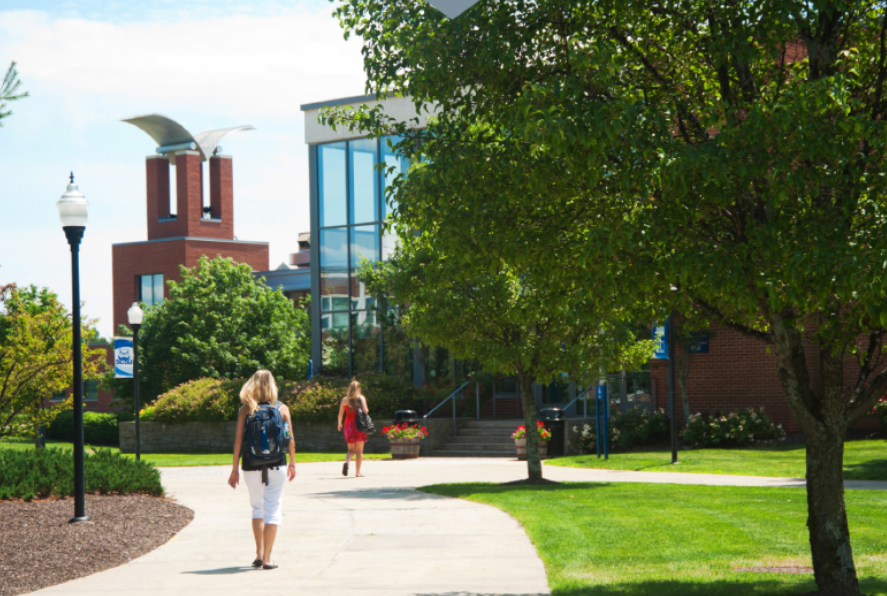 2016-17.”
2016-17.”